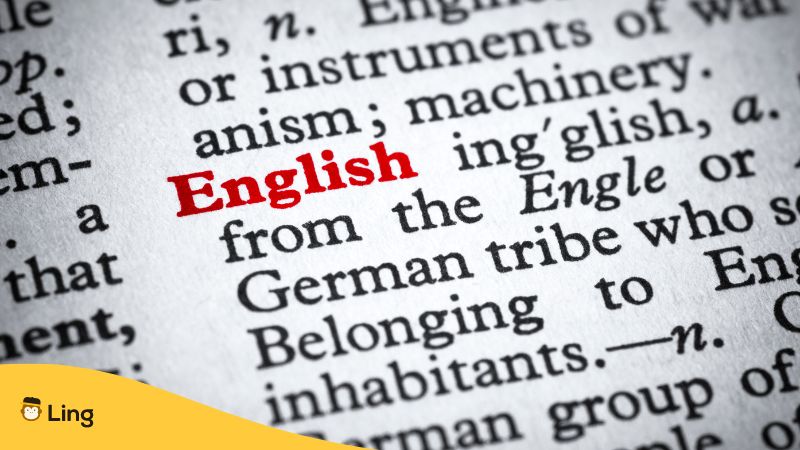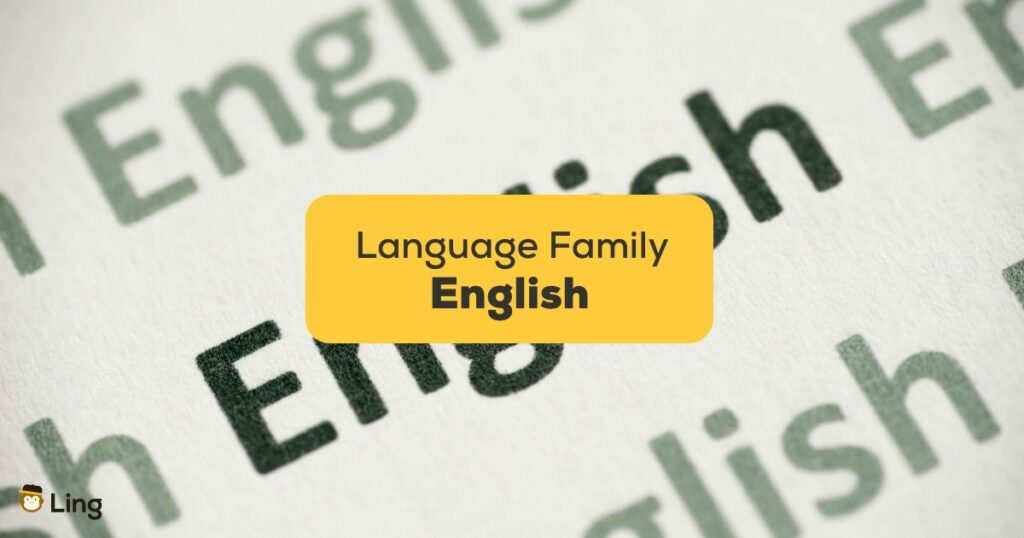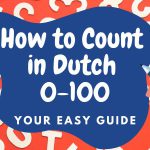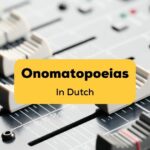Have you ever wondered what is similar to the world’s lingua franca, that is, the English language family? It is quite an interest-piquing topic to talk about. Or better yet, what even is a language family? Well, you came to the perfect website. We will talk about the family of English and the West Germanic languages (*coughs*)—wait, what is that? We will find out. Language lovers, prep up your tea or your coffee because you are in for a treat!
What Is A Language Family?
Like a regular family, language families have a root, or what we commonly recognize as ancestors. In that sense, the English language belongs to a specific language family that has its own similarities. Yes, similarities, as these languages are not completely identical. Intriguing, right? Let’s learn more!
English belongs to a family, or a group of languages, called “West Germanic” (which in turn belongs to the Indo-European language family). This big language family has more than three billion people speaking its languages. English has some close language relatives like German and Dutch, and it’s also kind of cousins with Frisian and Low German/Low Saxon.
English Language Family: The West Germanic Languages

The West Germanic languages are only part of a group that includes other Germanic languages from the North and the East. But that is a topic for another day. Right now, let us focus on the West!
Languages belonging to this group have their origin in the beautiful regions around the North Sea, Rhine-Weser, and Elbe. The passage of time and linguistic innovation led to the birth of the West Germanic languages, or to be more specific, to the modern languages that we know today as English, Frisian, Dutch (including Netherlandic-Flemish), Afrikaans, German, and Yiddish.
However, due to historical events and cultural exchange, all of these modern languages were developed individually. Just like family members, they all grew and improved themselves. Let’s learn a bit more about them:
English
The globally dominant language, English has the most users, either as native English speakers or people who learned it as a secondary language (which is the most common). This language has developed through the test of time and adopted many words from different languages, evolving through stages like Old and Middle English. The fact that English vocabulary is what we are currently using to express these ideas shows just how diverse and versatile it is.
Frisian
Frisian is a group of closely related West Germanic languages spoken by about 500,000 Frisian people living near the North Sea in the Netherlands and Germany. It forms the closest living language group to Anglic languages and is part of the North Sea Germanic languages, which includes Low German dialects. It is considered highly related to English and Scots, but it has also been influenced by Dutch over time! Despite its decline, Frisian remains a significant linguistic heritage of the region.

Dutch
It is the official language of the Netherlands and some other countries like Belgium—having around 30 million speakers! The Dutch Language Union, a Netherlands-Belgium collaboration, oversees the language, and it’s official in international groups. Dutch, indeed, is a key player in Europe’s language scene! Fun fact: the next language that we’ll discuss came from Dutch.
Afrikaans
Afrikaans is a language that developed in the sunny Dutch Cape Colony in Southern Africa. Originating from Dutch, it had a big mixtape of influences from French and German settlers, and even people they met along the way. Around 7.2 million folks call it their native tongue, and nearly 18.8 million more label it as their second language in South Africa, Namibia, and beyond!
Now, here’s the twist: Afrikaans is like Dutch’s funky son with its own groove. Yep, it’s got its own style! Even though it parties with words from Dutch, it also invited African, Asian, and European pals to join the linguistic bash. And guess what? It’s not just any language; it’s proudly one of South Africa’s official languages, rubbing shoulders with a colorful crowd, including English, Ndebele, Sotho, Zulu, and more!
German
The German language, also known as Deutsch, is a linguistic Beatles across Western and Central Europe. It wears the official crown in Germany, Austria, and Liechtenstein while sharing the limelight as a co-official language in Switzerland, Luxembourg, and Belgium. With around 95 million first-language speakers and 28 million second-language pros in 40 countries, German has got the groove. It’s all about those cases, genders, and verb vibes, spicing up ancient Germanic roots with a dash of Latin, Greek, French, and Modern English flair. German takes the stage with its inflectional dance and a worldly vocabulary mix.
Yiddish
Yiddish, the groovy Germanic language of the Ashkenazim (those cool central and eastern European Jewish people), rocked the scene like a linguistic superstar. It spread its charm across the globe, partying with Jewish communities in all sorts of countries. Imagine a language mixtape – Yiddish jammed together Semitic and Germanic beats, with a sprinkle of Romance flair. While Western Yiddish took a chill pill, Eastern Yiddish grabbed the spotlight. The Holocaust and Soviet era tried to dim its sparkle, yet Yiddish’s spirit lives on among the ultra-Orthodox crew and hip students in rad universities worldwide.
Discovering the history and family of English is a rewarding journey that unveils how words and expressions have transformed over centuries, connecting us to cultures and stories from around the world. By exploring its past, we gain a deeper appreciation for the rich essence of human communication and the meaningfulness of the languages spoken in our daily lives, like the West Germanic languages. Indeed, each has its own story, which makes them fascinating languages to learn!
Language Journey With Ling!
Download the Ling app now on Play Store or App Store to begin a language-learning adventure that’s both effective and enjoyable. Do you want to learn more about Dutch, Afrikaans, or German? Well, with expertly-designed lessons, gamified content, and a variety of interactive activities, the Ling app makes mastering a new language a fun and engaging experience. Whether you’re a beginner or looking to enhance your skills, Ling’s user-friendly platform and flexible learning approach will help you progress confidently and conveniently.



































































